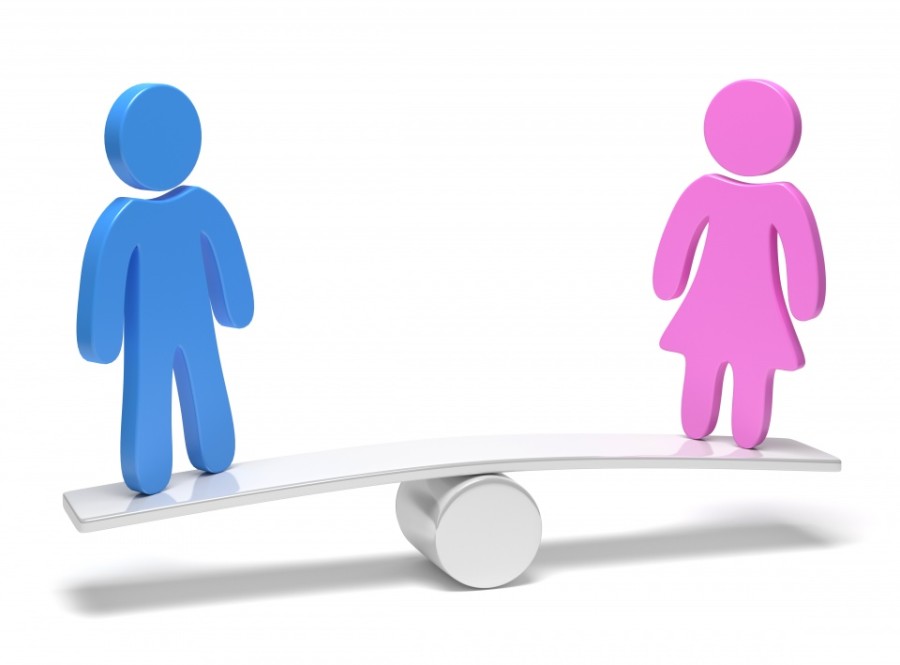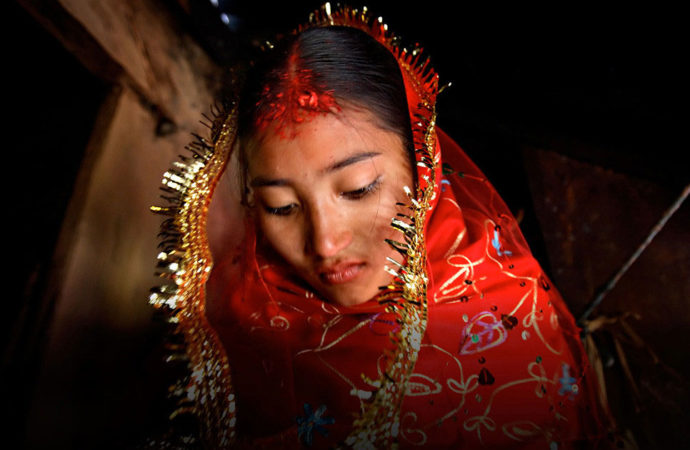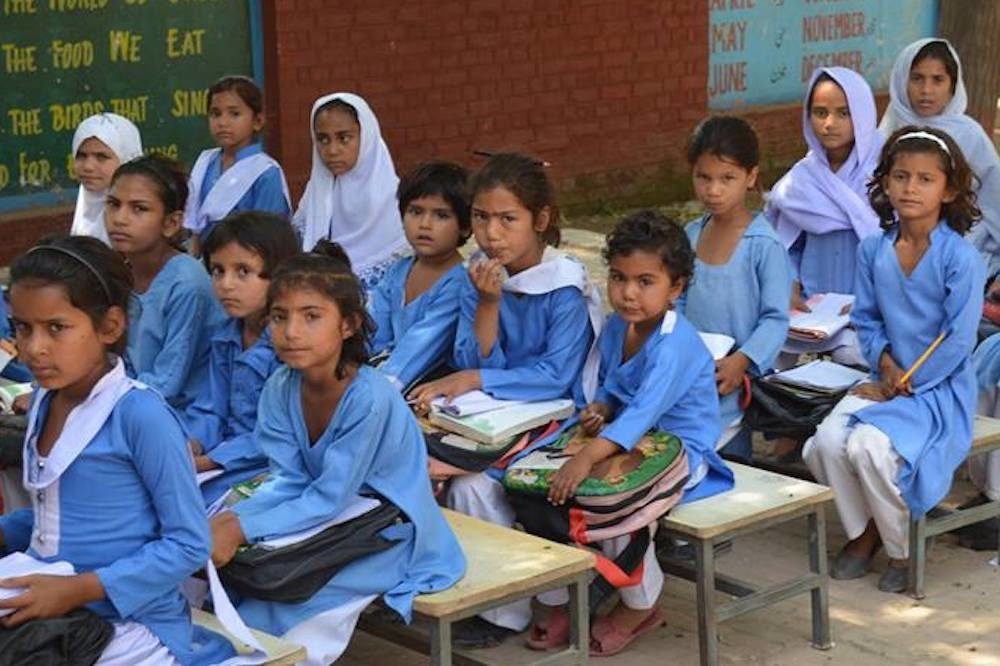Pradeep Kumar Panda

According to recently published SDG Gender Index 2019 report, the world is still a long way from attaining gender equality as envisaged in the Sustainable Development Goals 2030.
Published by Equal Measures 2030, report cites that, with only 11 years to go till 2030, nearly 40% of the world’s female population, 1.4 billion people, still live in countries that fail on gender equality.
The report further states that women and girls are at a disadvantage across all areas – they are underrepresented in decision-making positions and leadership levels, education, health, get less paid work and are often the target of violence.

The SDG Gender Index 2019 tracked 129 countries, 14 of the 17 SDGs, and 51 indicators linked to issues existing in the SDGs. All indicators were given values between 1 and 100, with 100 being the highest, and values above 90 being excellent.
The highest scores were awarded to Scandinavian nations of Denmark (89.3), Finland (88.8) and Sweden (88.0), while no country received an ‘excellent’ rating. Further, the report reveals that even these high scoring countries have to do much more in areas such as climate change, gender pay gaps, gender-based violence, equal representation in powerful positions and gender budgeting and public services.
Overall, while Europe and North America top the index with an average regional index score of 79.1, Sub Saharan Africa has the lowest ranking, with an average regional index of 51.1. The situation is particularly serious in the landlocked country of Chad which occupies the 129thplace.
The index has also found that globally, all countries are furthest behind on gender equality issues related to public finance and better gender data (SDG 17), climate change (SDG 13), gender equality in industry and innovation (SDG 9), and standalone gender equality goal (SDG 5).

When it comes to women in Science, Technology, Engineering and Mathematics (STEM), the report has revealed that the high performers are not necessarily the ones with high income or with overall higher investment in science and technology.
In Europe, for example, two of the top three countries are amongst the region’s lowest-performing one – FYR Macedonia and Moldova. Similarly, only eight countries in the Europe and North America region are close to having full parity between men and women in science and technology research positions – a lower proportion than in Asia and the Pacific or Latin America and the Caribbean.
Further, despite the fact that Germany is known for its high investment in R&D and is the largest technology-based economy in the region, the country has a fewer number of women in STEM and has one of the steepest rates of women dropping out of the field.
Also many Sub Saharan African countries perform exceptionally well when it comes to the overall proportion of women in the government. Countries such as Rwanda (61%), Namibia (46%), South Africa (42%), Senegal (42%) rank among the top 10 countries in terms of women in parliament.
One of the main areas where persistent challenges remain in South Asia, in particular, India, Bangladesh and Pakistan, as per the Index, is gender equality in education. As per the report, the number of primary and secondary school-age girls was 186.2 million girls, across the three countries whichrepresents 52% percent of the entire Asia and Pacific region.
While there has been improvement in the share of women with secondary education in India (almost 70 percent of 15–19 year‑olds are in secondary education compared to less than 40 percent of those in the 20–24 year age group), however, these improvements fade off in the light of the actual number of girl students who complete secondary education.

As per the survey, though child marriage rates have nearly halved in the last 15-20 years, there has been almost no progress in secondary school completion. In both India and Pakistan, data shows that girls from rural areas are losing out on basic skills – as per the Annual Status of Education Report’s assessment of basic math skills of 14–16 year‑olds in India, only 44 percent of girls could do division, compared to 50 percent of boys.
This is also holding back the ability of young girls to transition to work. In India, 8% of boys in the 15-24 age group were not in employment, education or training (NEET) as compared to 49% of girls. These figures were steeper in Pakistan where 54% of girls were NEET as compared to only 7% of boys, in 2015.

The goal of achieving universal secondary education is still distant in India, Pakistan and Bangladesh, as per the report. “While data show that the barriers to primary education have weakened in the region, they remain persistent regarding girls’ ability to complete secondary education, undermining girls’ rights and critically harming their success in the labour market,” the survey explains.
India scored the lowest in partnerships (18.3, among the bottom 10 countries), industry, infrastructure and innovation (SDG 9 – 38.1) and climate (SDG 13 – 43.4). The country, however, scored the highest on health (on SDG 3 – 79.9), hunger and nutrition (SDG 2 of – 76.2) and of energy (SDG 7 – 71.8). The Government of India’s initiative of bringing cleaner cooking fuel to households across the country is a major enabler.

Gender parity can occur through bridging gaps in education, renegotiating gender roles, the gender division of labour and addressing biased attitudes. Women should be empowered to participate by family, and when familial support is present they are more likely to run for office. Gender parity alleviates poverty and promotes economic growth.
(The writer is a Delhi-based economist)






















